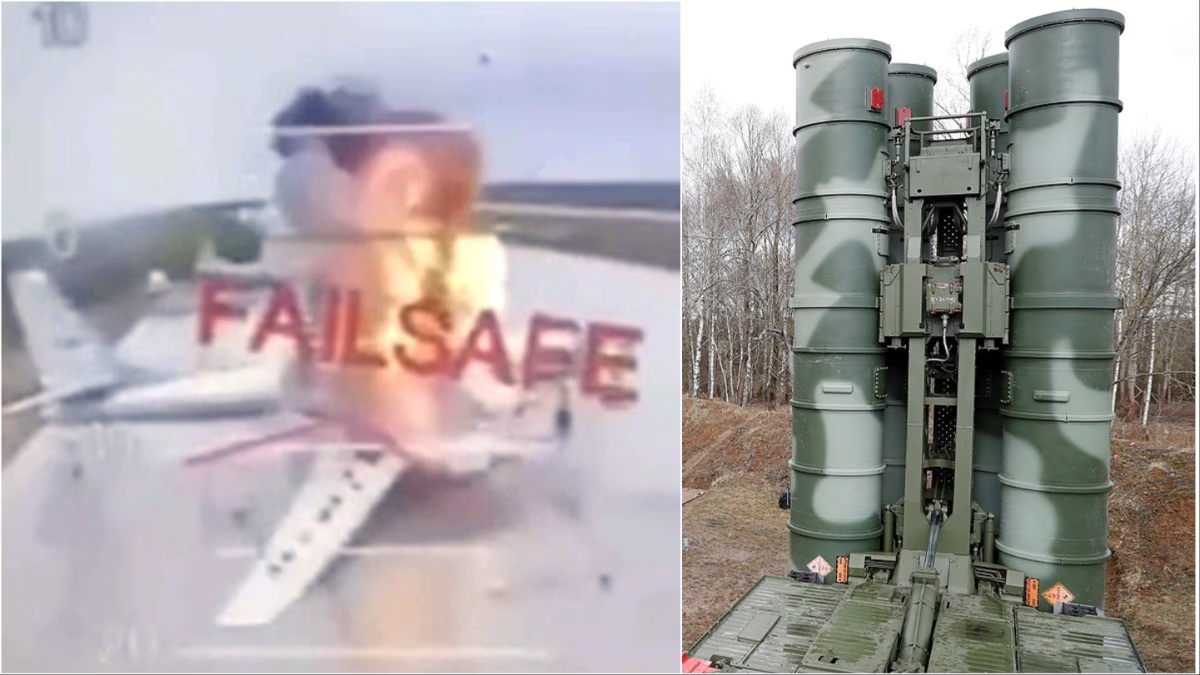Russia's S-400 missile system, celebrated as an advanced air defense system, has proven its prowess in stopping airborne threats like planes, missiles, and drones. In May 2025, India utilized the S-400 to effectively neutralize drone and missile attacks from Pakistan. Yet, why has Russia, the system's creator, consistently failed to stop Ukraine's drone assaults?
Successful Deployment by India
In May 2025, Pakistan launched drone and missile attacks on Indian cities such as Jammu, Pathankot, Amritsar, Ludhiana, and Bhuj. The Indian Air Force deployed the S-400 system to successfully intercept and destroy more than 50 Pakistani drones and missiles.
The strategic deployment of S-400 systems across regions like Jammu-Kashmir, Punjab, Rajasthan, and Gujarat enabled India to track targets up to 600 km away and engage them as far as 400 km. Tailored modifications enhanced its effectiveness for Indian conditions.
Challenges in Russia
Contrastingly, Russia experienced repeated failures with its S-400 system against Ukrainian drone and missile strikes. Specific instances include:
August 2023 - Ukraine destroyed an S-400 unit in Crimea with R-360 Neptune missiles and drones.
October 2023 - Ukrainian forces targeted S-400 units in Berdyansk and Luhansk.
April 2024 - Four S-400 launchers, radars, and an aerial surveillance system in Crimea were hit.
June 2024 - A Ukrainian HIMARS rocket struck the S-400 in Belgorod.
November 2024 - Kursk region faced missile attacks targeting the S-400.
January 2025 - HIMARS missiles destroyed a 96L6E radar of the S-400 system.
Ukraine has successfully damaged or destroyed at least 31 S-400 systems, costing Russia dearly, with each potentially worth around $200 million.
Reasons Behind Russia's S-400 Failures
Several factors contribute to the ineffectiveness of the S-400 in Russian scenarios:
Ineffective Deployment: Often deployed solo without complementary short-range air defense systems, making it vulnerable to low-altitude threats.
Ukrainian Strategy: Sophisticated strategies from Ukraine, targeting radar and antennae before strikes with missiles, effectively breach defenses.
Electronic Warfare: Jamming techniques disrupted the S-400's radar capabilities, rendering target tracking futile.
Sheer Drone Numbers: The utilization of numerous affordable drones overwhelmed the system, as seen in the May 2025 Moscow incident.
Operational Oversights: Russia failed to secure the S-400 with camouflage, relocations, or dummy systems—a practice India mastered.
India's Tactical Triumph
India integrated the S-400 seamlessly with its defense strategy, attributed to:
Technological Enhancements: Upgraded with indigenous technology, akin to prior improvements in Pechora missile systems.
Multi-Defense Layers: Deploying short-range systems alongside the S-400 to counter low-altitude threats.
Rigorous Training: Comprehensive training for S-400 operators ensured strategic deployments.
Limited Assaults: Unlike Russia's scenarios, India's experiences faced fewer drone threats, minimizing stress on the system.
The Reliability of the S-400
Despite setbacks in Russia, the S-400 remains powerful and capable against aircraft and missile threats. Proper deployment, adequate support systems, and strategic usage are vital for its efficacy, evident in Ukraine's exploitation of Russian vulnerabilities versus India's astute utilization.




